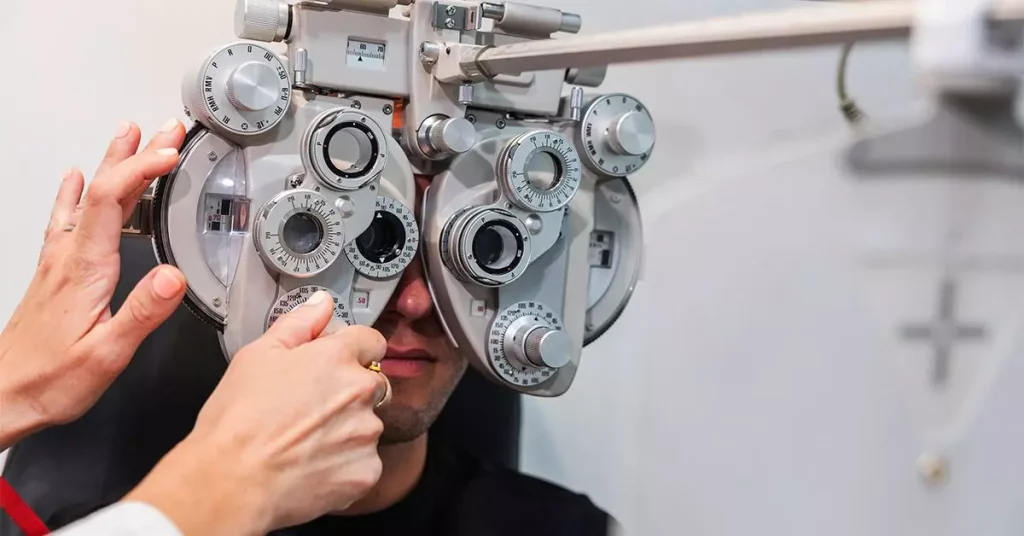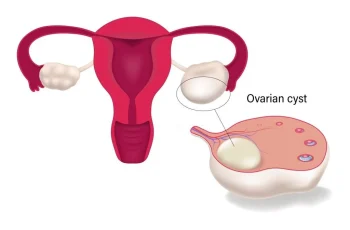Bipolar disorder, marked by extreme mood swings, affects emotional and physical well-being, with “bipolar eyes” describing eye changes during episodes. The autonomic nervous system drives these shifts: the sympathetic system, via norepinephrine, dilates pupils in mania, darkening eye appearance, while in depression, reduced norepinephrine constricts pupils, dulling them. The parasympathetic system, regulating tear production, may cause dry eyes in depressive phases, enhancing this effect.

Beyond pupil size, gaze and expression vary—intense eye contact in mania reflects high energy, while depression brings reduced engagement and a clouded look. These cues shape social interactions and are studied in therapy, though sleep deprivation or anxiety can mimic them, complicating interpretation.
Research links bipolar disorder to altered eye movements, like rapid saccades or poor vergence accuracy, hinting at cognitive ties. Yet, evidence connecting eye changes to specific mood episodes remains limited and anecdotal, not a diagnostic tool. Professionals rely on validated assessments, not physical signs alone.
Diagnosis requires medical evaluation of symptoms, history, and family background, followed by specialist collaboration. While “bipolar eyes” highlight a fascinating link between mood and expression, it’s a small part of a complex condition. Ongoing research may refine this connection, but comprehensive evaluations remain key. Those suspecting bipolar disorder should seek professional help for proper support.




